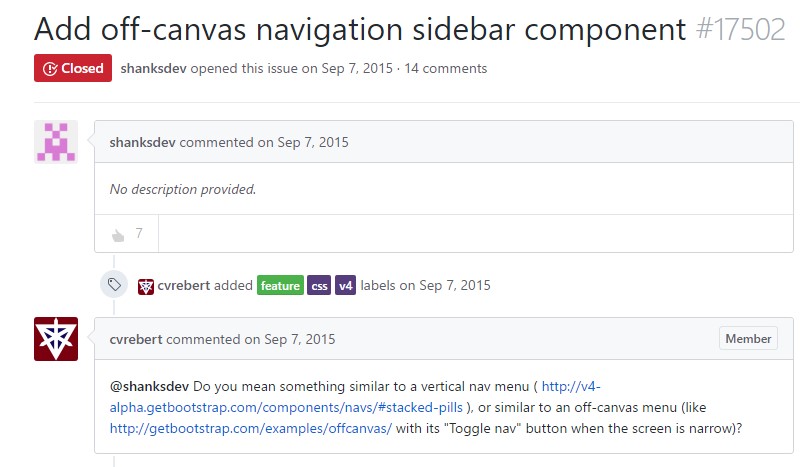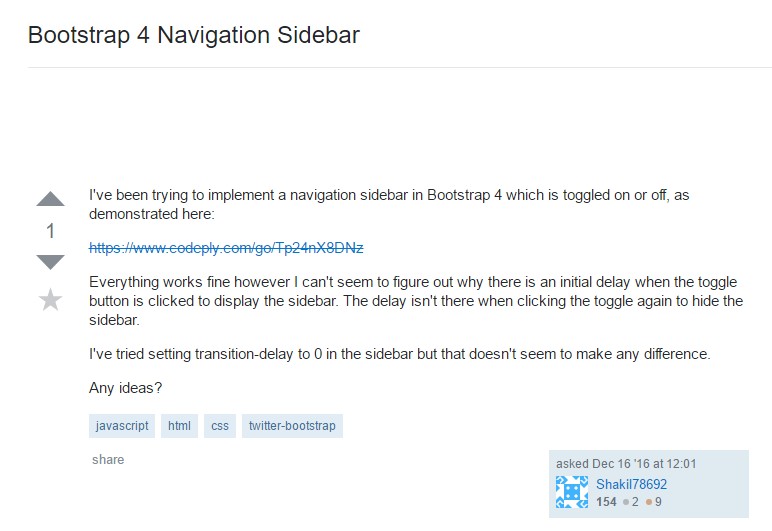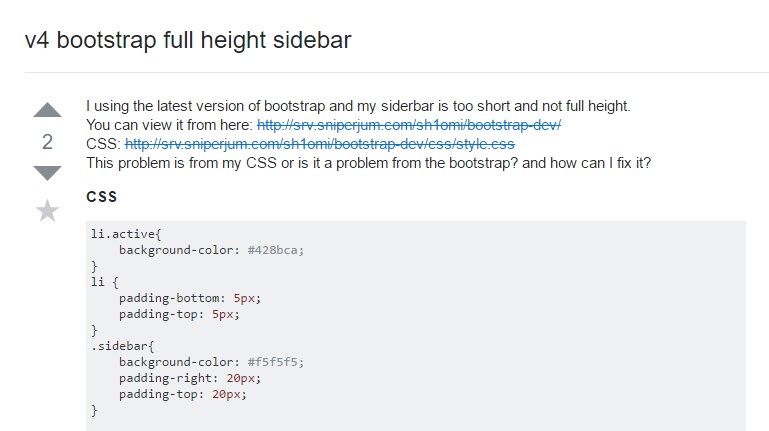Bootstrap Sidebar Using
Intro
Throughout the the majority of the pages we currently discover the material spreads from edge to edge in width with a beneficial navigating bar just above and just conveniently becomes resized when the defined viewport is reached so that more or less the showcased web content fluently uses the whole entire width of the webpage available. Nevertheless at a certain events the aimed objective the webpages need to serve require together with the fluently resizing content section another part of the provided screen width to get selected to a still vertical element with some web links and web content within it-- in other words-- the popular from the past Bootstrap Sidebar Example is required. ( read this)
How to use the Bootstrap Sidebar Example:
This is somewhat outdated approach but assuming that you certainly need to-- you can absolutely generate a sidebar feature with the Bootstrap 4 system that along with its flexible grid system additionally present a number of classes made most especially for producing a secondary level navigating menus being certainly docked around the webpage.
But let's start it simple-- through just nesting some columns and rows -- It is expected this might be the best tactic. And by nesting I mean you can absolutely gave a
.rowSo let's say we wish a right adjusted Bootstrap Sidebar Collapse having a number of material within it and a basic web page to the left of it. We must prepare the grid tier down to what we would like to maintain this arrangement right before the sidebar and the basic information stack around each other-- let us state-- medium and up. And so a possible solution achieving this could be this:
Originally we desire a container feature to keep the rows and columns and given that we are definitely creating something a bit more complicated the
.container-fluidNext we need a
.row.col-md-9.col-md-3Next inside these columns we can just build some additional
.rowA number of additional recommendations
Additionally in case you need to create a sidebar navigation menu along with the desired
.col-*.sidebar<main>.col-*Additionally in the event you have to generate a sidebar navigation menu along with the preferred
.col-*.sidebar<main>.col-*Take a look at several online video short training relating to Bootstrap sidebar
Related topics:
Incorporate off-canvas navigation sidebar component

Stackoverflow: Bootstrap 4 Navigation Sidebar

V4 Bootstrap whole height sidebar
